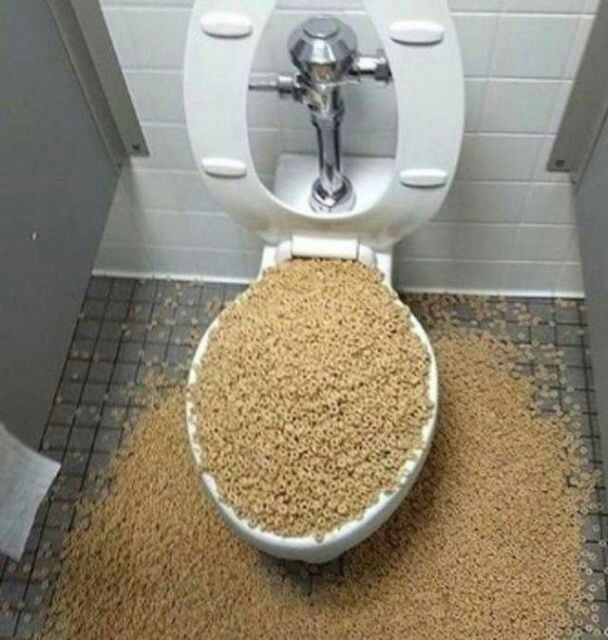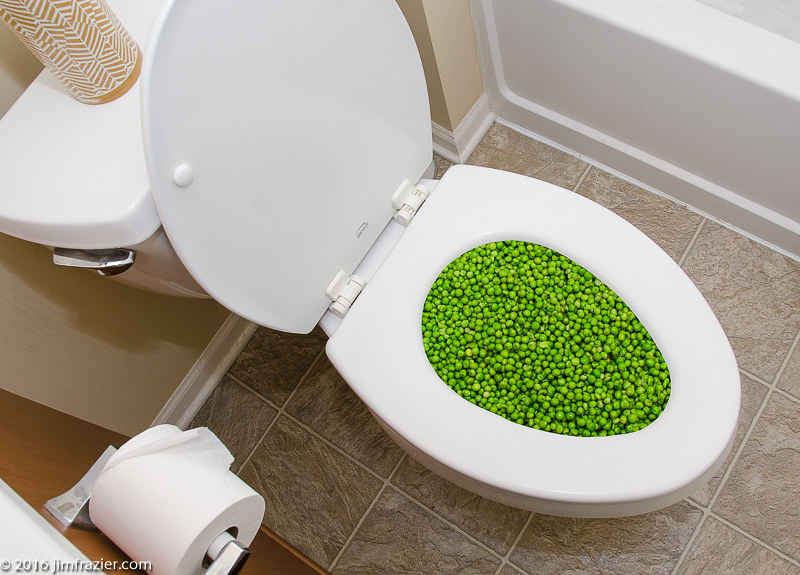Is it Allowed to Flush Food in the Toilet?
Is it Allowed to Flush Food in the Toilet?
Blog Article
Just about everyone maintains their unique theory on the subject of Flushing Food Down the Toilet?.

Intro
Lots of people are typically confronted with the issue of what to do with food waste, particularly when it pertains to leftovers or scraps. One common concern that arises is whether it's all right to purge food down the commode. In this post, we'll look into the reasons why people could think about purging food, the effects of doing so, and alternate techniques for appropriate disposal.
Reasons that people could think about purging food
Lack of recognition
Some individuals might not be aware of the possible harm caused by flushing food down the bathroom. They may wrongly believe that it's a harmless method.
Benefit
Flushing food down the bathroom may feel like a quick and very easy remedy to getting rid of unwanted scraps, particularly when there's no close-by trash can readily available.
Negligence
In some cases, people might merely pick to flush food out of sheer negligence, without considering the effects of their actions.
Repercussions of flushing food down the bathroom
Ecological influence
Food waste that ends up in waterways can contribute to pollution and injury marine ecological communities. In addition, the water used to purge food can stress water sources.
Pipes problems
Flushing food can cause stopped up pipelines and drains, causing expensive plumbing repair work and troubles.
Types of food that must not be purged
Coarse foods
Foods with coarse structures such as celery or corn husks can get tangled in pipes and trigger clogs.
Starchy foods
Starchy foods like pasta and rice can take in water and swell, leading to obstructions in pipes.
Oils and fats
Greasy foods like bacon or food preparation oils must never ever be purged down the commode as they can strengthen and create obstructions.
Correct disposal techniques for food waste
Using a garbage disposal
For homes geared up with waste disposal unit, food scraps can be ground up and flushed with the pipes system. Nonetheless, not all foods are suitable for disposal in this manner.
Recycling
Particular food packaging materials can be recycled, minimizing waste and lessening ecological impact.
Composting
Composting is a green way to get rid of food waste. Organic materials can be composted and made use of to improve soil for gardening.
The importance of appropriate waste administration
Minimizing ecological harm
Correct waste administration techniques, such as composting and recycling, aid lessen contamination and preserve natural deposits for future generations.
Safeguarding pipes systems
By staying clear of the technique of flushing food down the commode, home owners can avoid pricey pipes fixings and preserve the stability of their plumbing systems.
Conclusion
In conclusion, while it might be tempting to flush food down the toilet for comfort, it is very important to understand the possible effects of this activity. By taking on appropriate waste monitoring techniques and dealing with food waste responsibly, individuals can contribute to healthier plumbing systems and a cleaner atmosphere for all.
THINK TWICE BEFORE FLUSHING FOOD DOWN YOUR TOILET IN FALLBROOK CA
Let’s be honest, we’re really supposed to be tossing rotten or leftover food in the compost bin or trash can. But many people like to place scraps of food down the drain of, say, their kitchen sink. That’s why the garbage disposal was invented: so we can continue to place certain foods down the drain without clogging our drain in the process. Smart.
But not all of us have the luxury of having a garbage disposal installed. So, you might continue to shove food down your sink drain anyway – or worse: you might flush them down your toilet! If you’re guilty of doing the latter, you’re going to want to stop, and here’s why:
Toilet Drains Aren’t Designed to Handle Food!
There’s your answer: food just doesn’t belong in your toilet. It may seem like your toilet drain is wider than the drains of your sinks, but truth be told, that isn’t actually the case. The narrower pipes of your toilet leave your plumbing at risk for clogging if you do happen to flush your food. In addition, food doesn’t break down as quickly that toilet paper and human waste do. In turn, this leaves your toilet at risk for a nasty clog.
Although a flush of a tiny pinch of food every now and then isn’t going to completely damage your toilet, there are certain foods that should absolutely not be flushed in your toilet at all. These include starchy foods like mashed potatoes, grains, hard pieces of food that are slow to break down, and fats and oils.
The latter categories of food are particularly problematic as they may harden, expand as they absorb water, break down slowly in your system, or generally create the perfect obstruction with their gelatinous composition. These are all things you don’t want in your plumbing system!
Experiencing a Toilet Clog?
Nobody’s perfect, and we all make mistakes. Sometimes one of the mistakes people make is flushing food down their toilet and later realizing that it wasn’t the best thing to do once they see that their toilet is now clogged. Uh-oh!

Do you enjoy more info about Flushing Food Down the Toilet?? Leave a short review down the page. We would be pleased to listen to your views about this post. In hopes to see you back again soon. Do you know another individual who is intrigued by Is it safe to flush food (especially rice) down the toilet?? Do not hesitate to promote it. I take joy in your readership.
Call Today Report this page